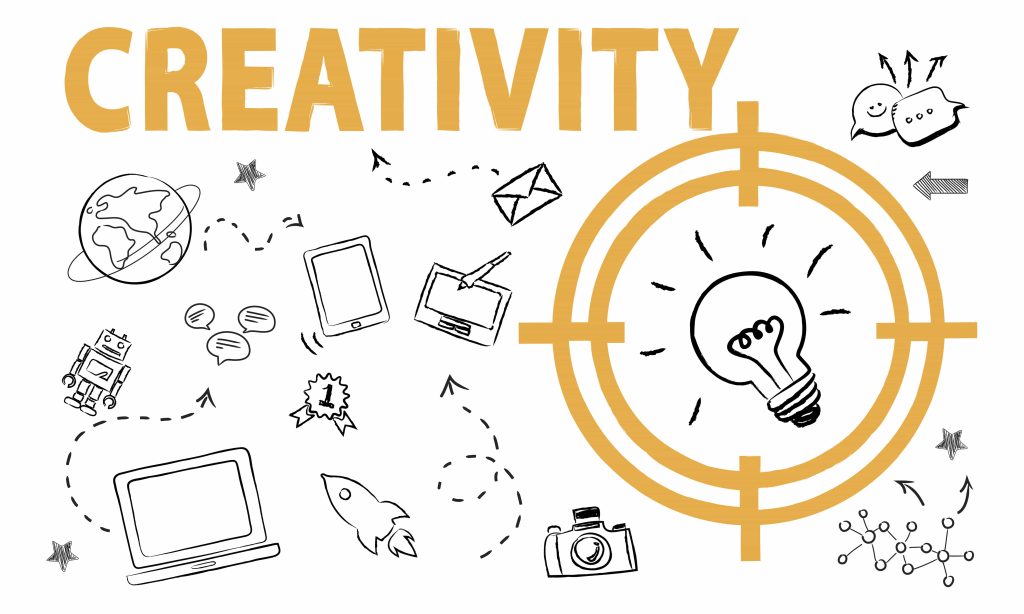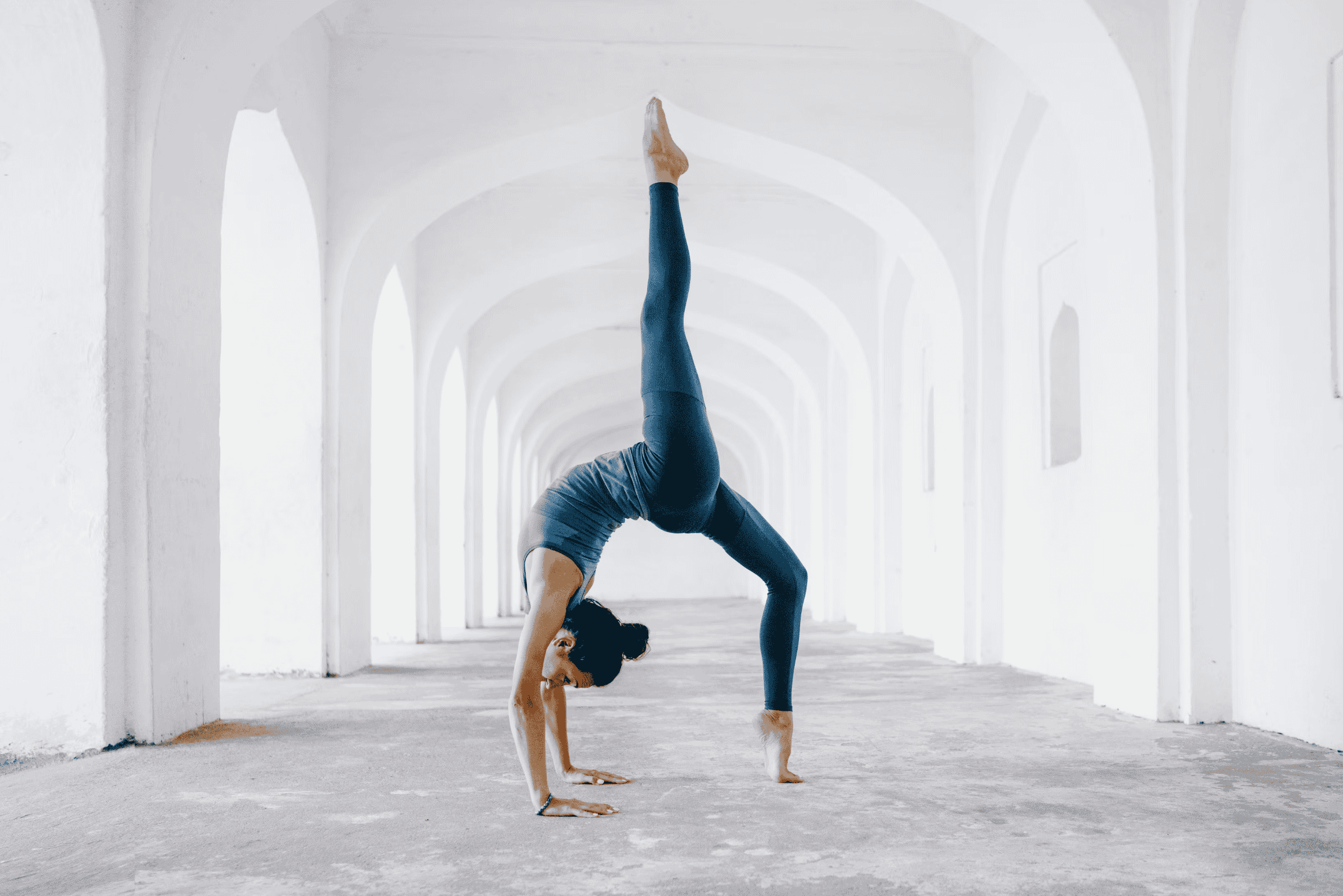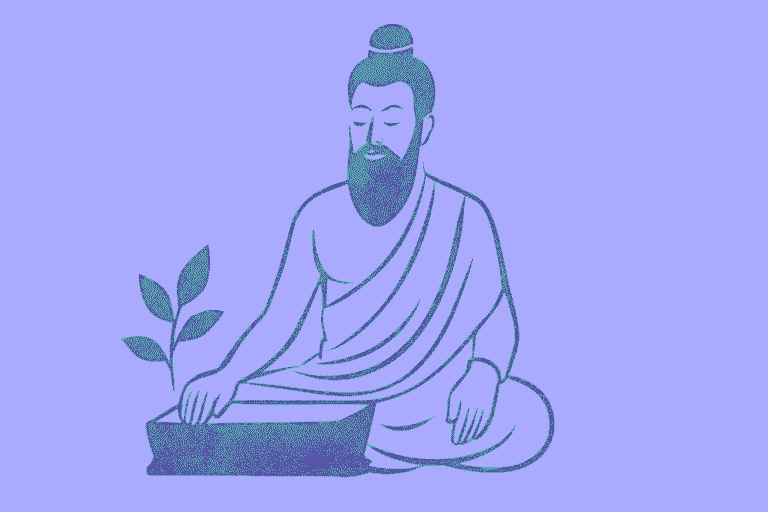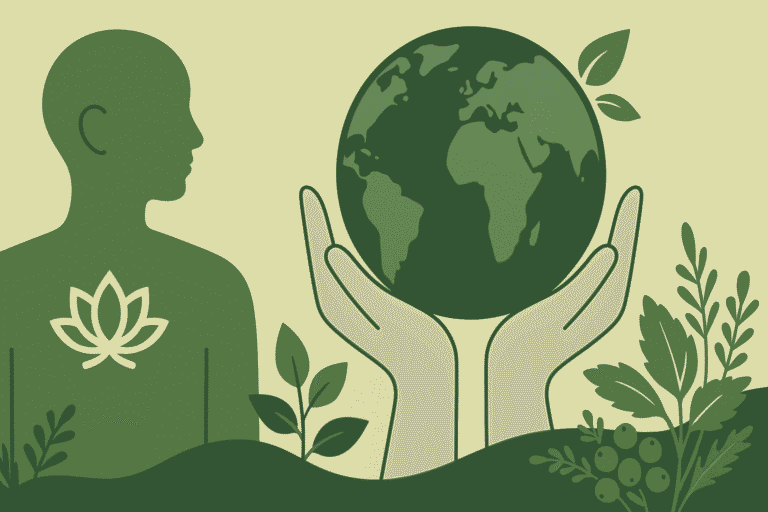contact@cayeit.com
Creativity, the ability to generate novel and useful ideas, is an essential skill in various domains of human activity. Recent research suggests that Yoga, combining physical postures, breathing exercises, and meditation, may enhance creative abilities. This article reviews the scientific evidence on the relationship between Yoga and creativity, exploring the mechanisms through which Yoga may influence creative thinking and providing practical recommendations for incorporating Yoga into daily routines to foster creativity.
The Multifaceted Nature of Creativity: Creativity encompasses several key components:
- Divergent thinking: The ability to generate multiple ideas or solutions to a problem
- Problem-solving: Finding effective solutions to challenges
- Innovation: Implementing new ideas or methods
As the importance of creativity in personal and professional spheres continues to grow, researchers have explored various methods to enhance this skill. Among these, physical activities like Yoga have shown promising results.
Mechanisms Linking Yoga and Creativity:
- Enhanced Cognitive Flexibility: Cognitive flexibility, the ability to switch between different concepts and adapt to new information, is crucial for creative thinking. Yoga practices, particularly those involving mindfulness and meditation, have been shown to improve cognitive flexibility. Mindfulness meditation, a core component of Yoga, enhances attention and awareness, enabling individuals to think more openly and fluidly, which are essential traits for creativity.
- Stress Reduction: Chronic stress can inhibit creativity by impairing cognitive functions such as memory, attention, and problem-solving. Yoga has been widely documented to reduce stress levels through its combination of physical exercise, breathing techniques, and relaxation practices. Lower stress levels contribute to a more relaxed state of mind, which is conducive to creative thinking.
- Improved Mood and Emotional Regulation: Positive emotions and mood states are strongly correlated with enhanced creativity. Yoga promotes emotional well-being by balancing the autonomic nervous system and increasing the production of neurotransmitters like serotonin and dopamine. Improved emotional regulation through Yoga practice allows for a more stable and positive mental state, fostering an environment where creativity can flourish.
- Increased Flow States: Flow is a psychological state characterized by complete absorption in an activity, leading to optimal performance and creativity. Yoga, through its meditative and focused practices, can facilitate the achievement of flow states. Regular Yoga practice helps individuals to enter and maintain flow states more easily, enhancing their creative output.
Scientific Evidence:
Several studies have investigated the impact of Yoga on creativity. For instance, a study conducted by Netz and Lidor (2003) found that a single session of Yoga led to significant improvements in creative performance among participants compared to a control group. Another study by Kozhevnikov, Louchakova, and Schacter (2009) demonstrated that regular Yoga practice over several weeks enhanced participants’ divergent thinking abilities, a key component of creativity.
Practical Recommendations:
Here’s a simple, practical, and scientific look at four yoga methods that can enhance your creativity:
1. Mindfulness Meditation
What it is: Focusing your attention on the present moment, typically by concentrating on your breath.
How it helps: Mindfulness meditation improves cognitive flexibility, allowing you to think more openly and fluidly. It enhances attention and awareness, crucial for creative thinking.
Practical tip: Start with 10-20 minutes of daily mindfulness meditation. Sit comfortably, close your eyes, and focus on your breath. When your mind wanders, gently bring it back to your breath.
2. Yoga Postures (Asanas)
What they are: Physical poses that stretch and strengthen the body.
How they help: Certain poses can improve focus and balance, creating a mental state conducive to creativity. They also reduce stress, which can inhibit creative thinking.
Practical tip: Try the Lotus Pose (Padmasana) or Tree Pose (Vrikshasana) for 5-10 minutes daily. These poses help improve concentration and balance.
3. Breathing Exercises (Pranayama)
What they are: Controlled breathing techniques that regulate the flow of breath and energy in the body.
How they help: Pranayama calms the mind, reduces stress, and balances the nervous system. This creates a mental environment that supports creativity.
Practical tip: Practice Nadi Shodhana (alternate nostril breathing) for 5-10 minutes daily. This technique helps balance the left and right hemispheres of the brain, potentially enhancing creative thinking.
4. Yoga Nidra
What it is: A guided deep relaxation practice that induces a state of conscious relaxation.
How it helps: Yoga Nidra allows the subconscious mind to process and generate new ideas. It can enhance creativity by tapping into deeper levels of consciousness.
Practical tip: Listen to a guided Yoga Nidra recording for 15-30 minutes before bed or during a midday break.

By incorporating these four yoga methods into your daily routine, you can create an environment that nurtures creativity. Remember, consistency is key – regular practice will yield the best results. As you explore these techniques, you may find that your ability to generate novel and useful ideas improves, benefiting both your personal and professional life.





